In natural landscapes, soil and vegetation absorb and filter rainwater where it lands. But when land is paved or developed, the rainwater rushes over these hard surfaces instead, collecting pollutants as it flows into drains, pipes, and nearby waterways. This water is called stormwater runoff and is a leading cause of water pollution in the U.S. and many other countries around the world.
Inadequate stormwater infrastructure also frequently causes flooding – local streets and parking lots that turn into rivers and ponds when it rains.
Managing stormwater well is essential for keeping our water and ecosystems clean and our communities safe.

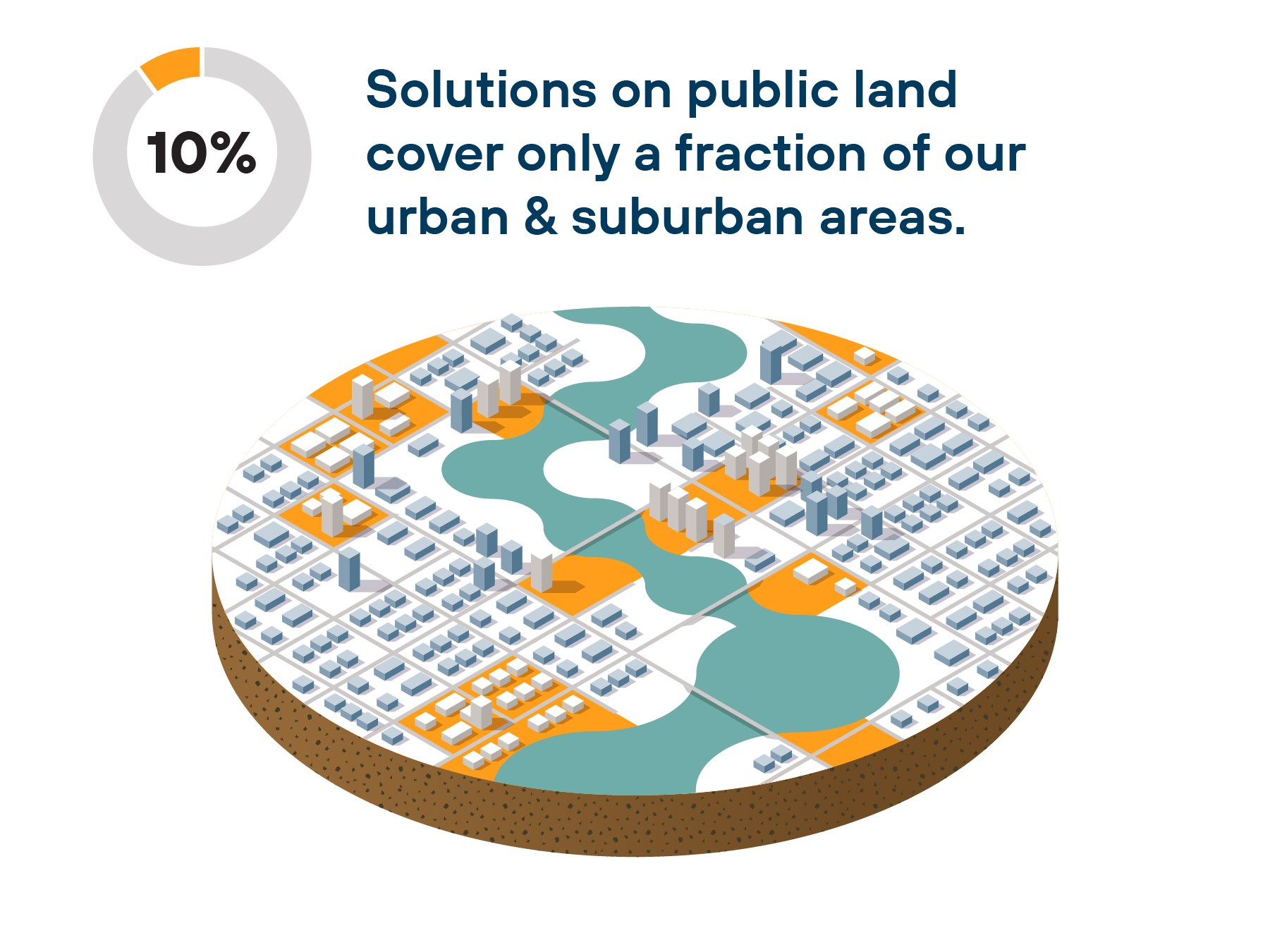
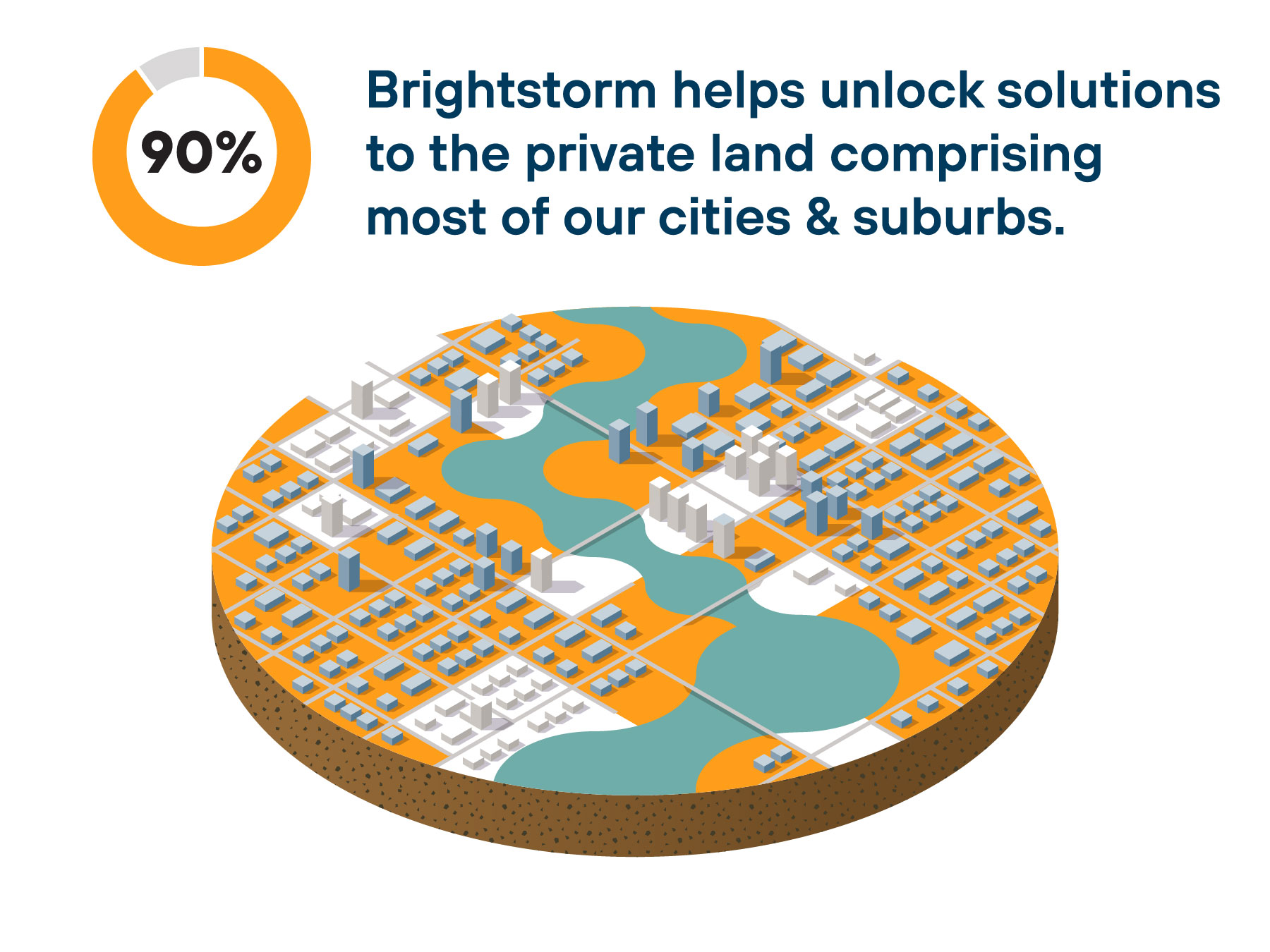
Stormwater is as Critical as Drinking Water and Wastewater
Like drinking water and wastewater, stormwater needs active management to keep ecosystems healthy and neighborhoods safe – yet it’s often overlooked until flooding or pollution make it impossible to ignore.
Stormwater is managed through planning tools and infrastructure such as ponds, rain gardens, drains, and other systems that collect rainwater where it lands to reduce flooding and pollution.
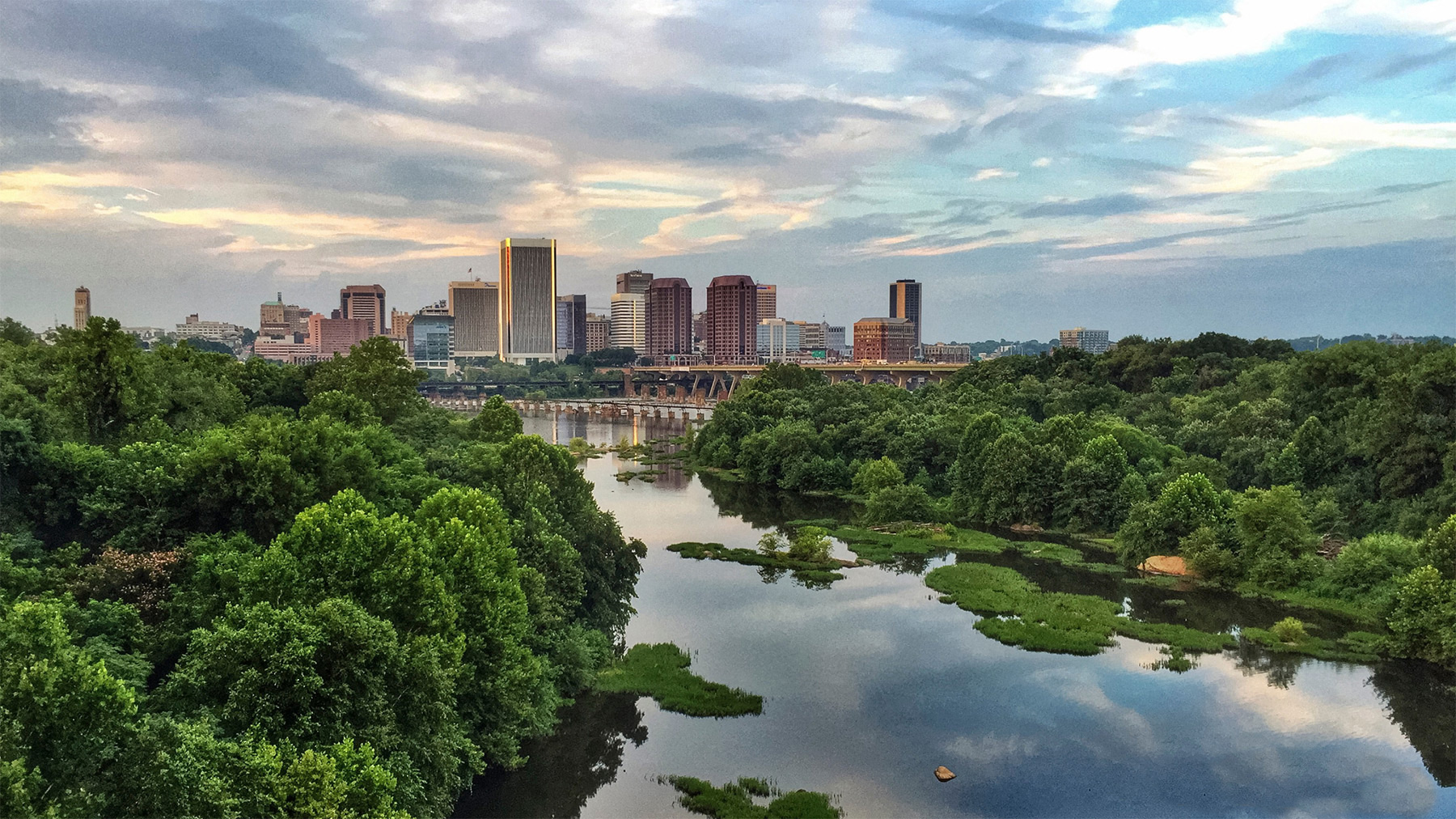
For Healthy Ecosystems
When it rains in a forest, nature manages the water where it falls. When it rains in cities and suburbs, this natural ability is disrupted, and the pace and natural flow of water altered. When water can’t soak into the ground or follow its natural pathways, it instead rushes over hard surfaces – picking up pollutants, overwhelming storm drains, and eroding streams and rivers. The result is damage to habitats and wildlife, and disruptions to natural processes, leading to less healthy ecosystems.
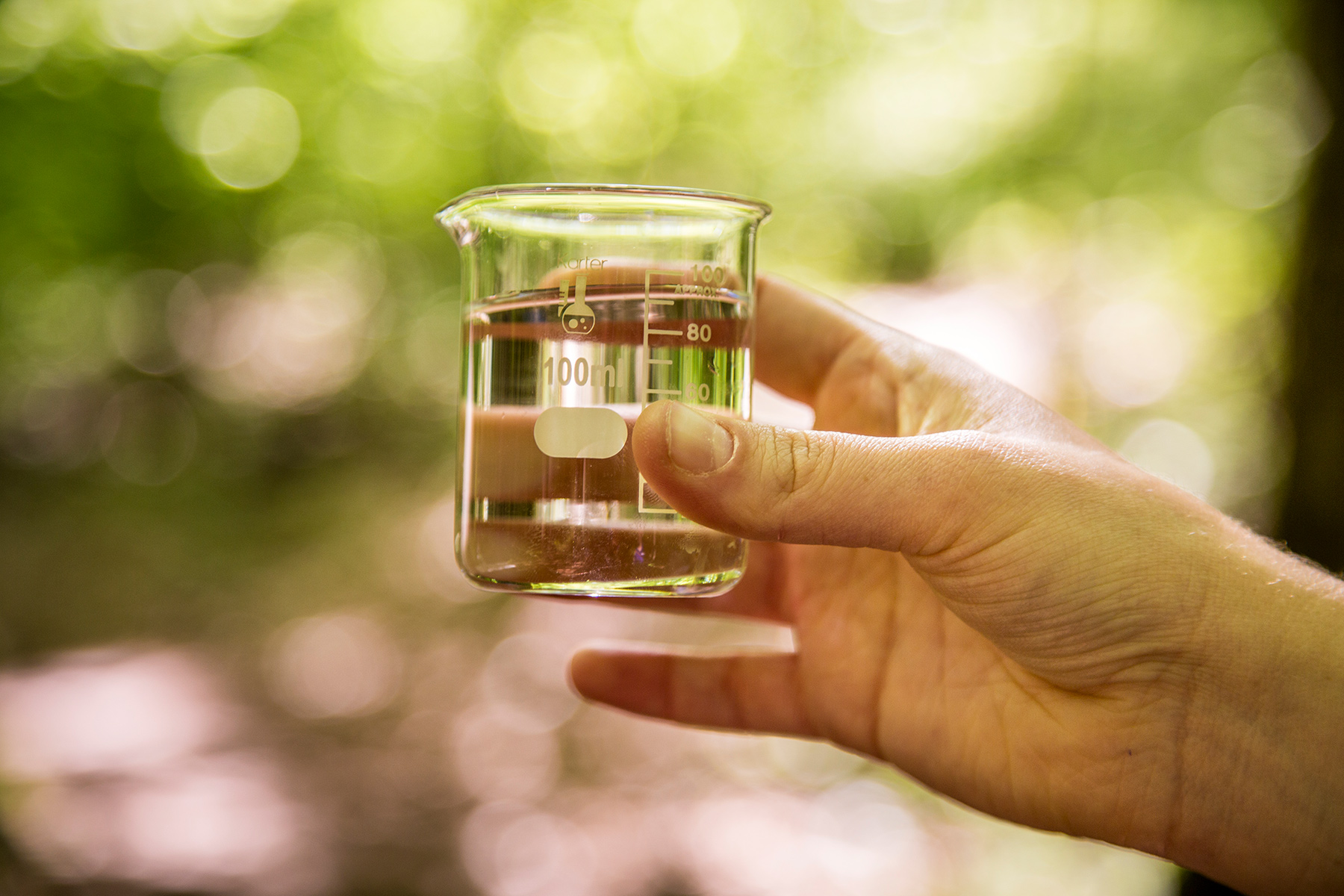
For Clean Water
When rain runs off streets, rooftops, and parking lots, it picks up oil, litter, fertilizers, and heavy metals – all of which flow untreated into rivers and lakes. Stormwater management helps prevent these pollutants from reaching our waterways, keeping them cleaner for people and wildlife alike. For example, excess fertilizer picked up by stormwater runoff can lead to algal blooms, which deplete oxygen and harm aquatic life.
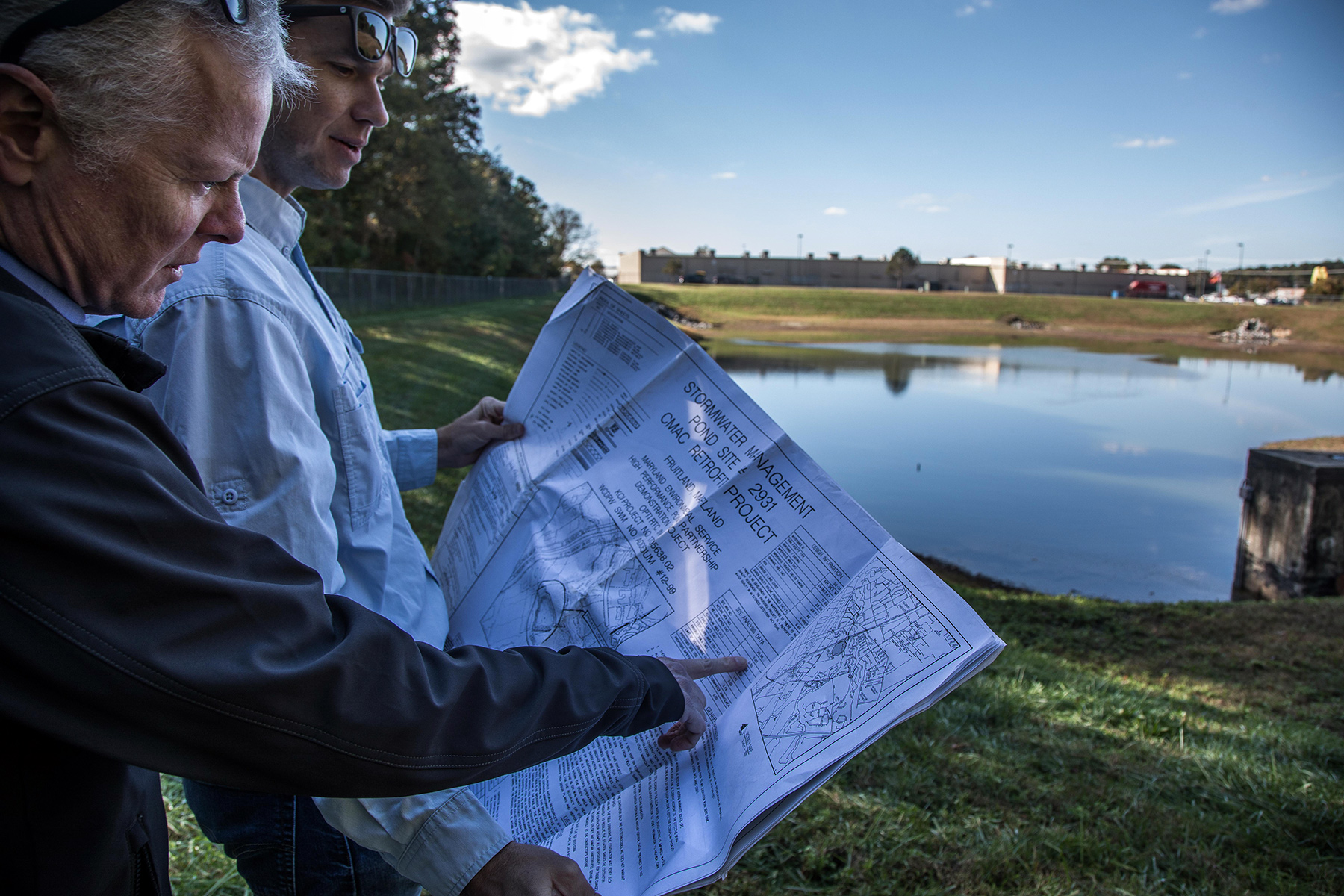
For Resilient Communities
When stormwater infrastructure fails, communities feel it first through flooded streets, damaged homes, and polluted waterways. Flooding can close roads, contaminate drinking water, and strain local infrastructure, while polluted water harms recreation areas and public health. Managing stormwater effectively helps keep people safe, reduces costly damage, and makes neighborhoods more resilient to heavier rains and changing weather.
Stormwater Infrastructure
Wasn’t Built for Today’s Challenges
Stormwater infrastructure is under increasing strain.
Traditional systems like gutters, storm drains, underground pipes, and ponds were designed decades ago to move rainwater away from streets quickly.
But as storms intensify, cities grow, and our climate changes, these systems get overwhelmed. Even with extensive weather data, we can’t assume the future will look like the past. Static stormwater systems built on old assumptions leave communities vulnerable. To stay resilient, we need real-time monitoring powering adaptive controls that respond to changing conditions and inform future planning efforts. Without it, outdated infrastructure remains unresponsive, and less resilient to changing conditions.
The Weather’s Changed – Our Infrastructure Hasn’t
The Nature Conservancy’s Brightstorm program supports the development and implementation of better planning tools and stormwater infrastructure designed to adapt to present-day and future challenges.
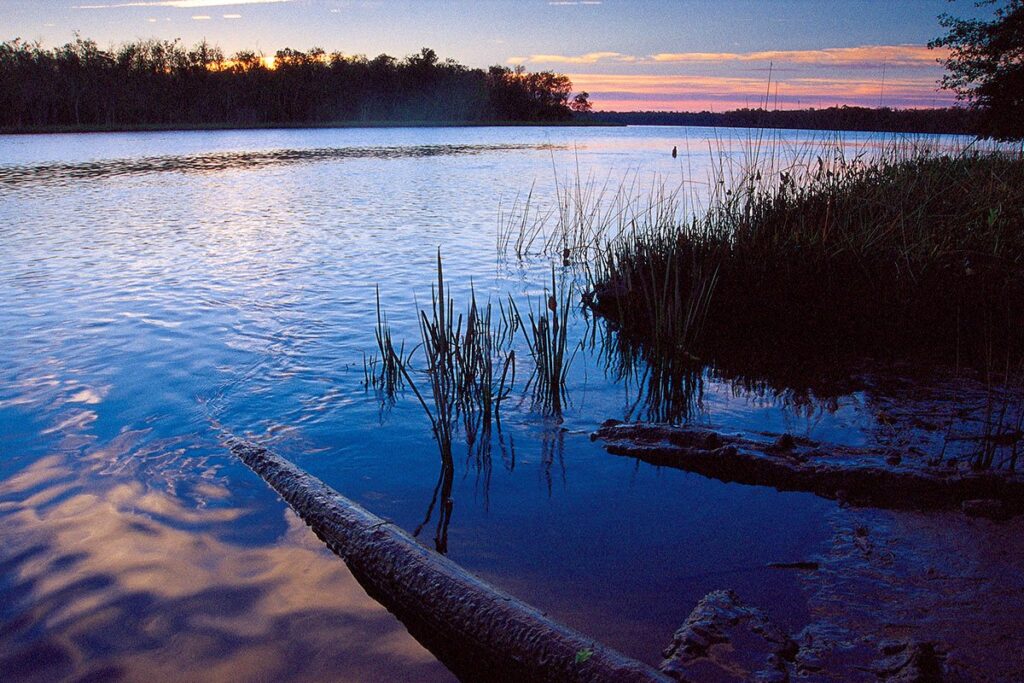
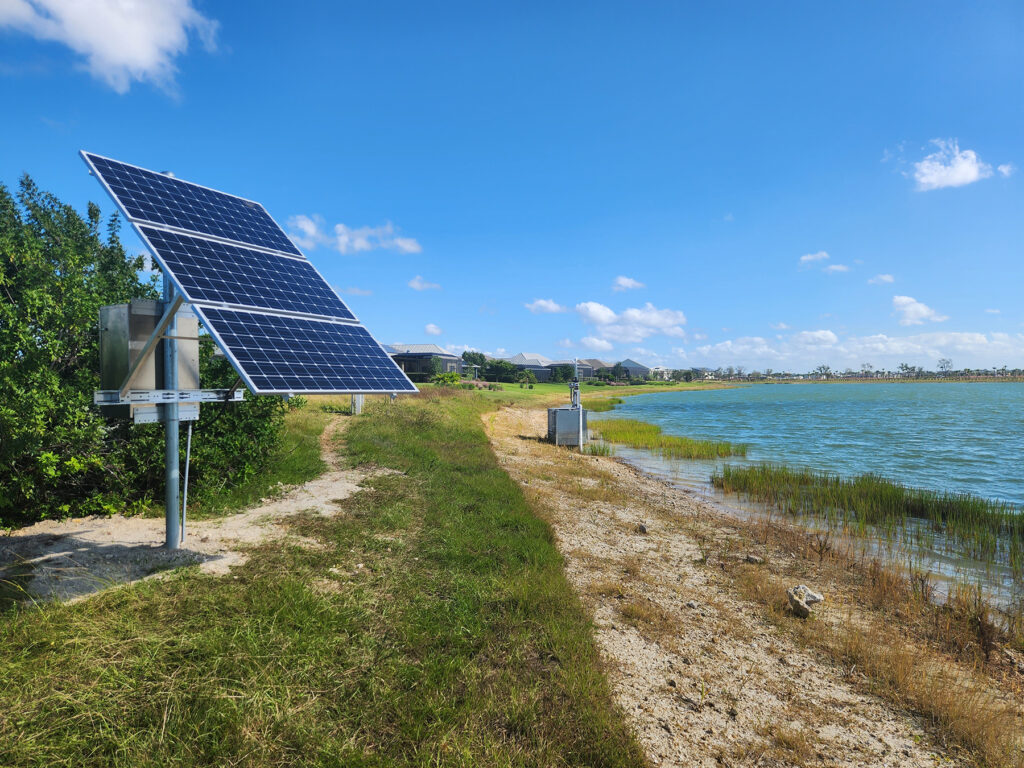
We Help Towns and Cities Upgrade and Evolve
For years, communities, governments, and landowners have struggled with the same question: How do we improve stormwater management with limited budgets, outdated infrastructure, and increasingly extreme weather?
We work on these questions every day, and have decades of experience in the field. This is the challenge we are helping to solve.
Together with local experts, we’re testing smarter stormwater planning tools and infrastructure to advance stormwater management upgrades.
Explore our living lab project in Florida’s Indian River Lagoon – an ecosystem with exceptional biodiversity whose overall health is threatened by large amounts of pollution, including from stormwater.

